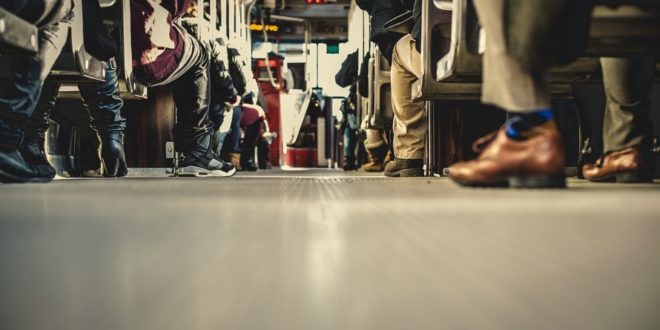Public transport has always been a part of the transport infrastructure in New Zealand and there is no doubt that will continue. The interesting questions though are how the shape of public transport will change and what the mix with private transport will look like. Wellington is a good case study.
 Public Transport Technology
Public Transport Technology
On the choice of public transport technology, in a recent article I suggested that light rail might merit another look for the city and inner suburbs. In practice it might be more complicated than that. The problem is that technology is changing all the time, both in nature and in cost, and what might be best right now might not be best in a few years’ time. The trick is to pick a future looking option which has an extended life and not fall into the traps of choosing yesterdays’ option which runs the risk of being obsolete almost before it is implemented. Timing is also important from a cost point of view. Avoid being the first adopter as first adopters play a heavy price – the best position is to be an “early adopter” – bringing with it lower costs, the ironing out of some of the obvious early bugs, but a long future.
My current bet for the long term future would be an elevated rail system because it frees the space underneath for other uses. But it is probably too costly right now and would need a huge investment. And something else that is even better may well come along. We might be better off to go to something that is cheaper and more flexible in the short term while the new technologies develop. For that it is hard to beat some sort of bus option. The Council seems to think that all electric buses are a feasible option and I would be happy to go with that in the interim. Even if we went for something like elevated rail, buses would still be needed for some difficult and/or lightly loaded routes.
Private Transport
The mix with private transport is also a difficult question. The way the Council is moving is to exclude cars from the central city to essentially create pedestrian precinct, which would eventually fit well with the elevated rail option and is the way many other cities are going. I think private transport will continue to have a significant share of the feeder transport i.e. from the suburbs into the central area, but the big conundrum is how this share will change over time. If an increasing share of this transport goes public we might end up with some very expensive and lightly loaded motorways – except for the trucks of course.
This one could go either way. Public transport has location and timing limitations which some people will always dislike or will find too inconvenient. There are developments occurring in private transport, e.g. driverless cars, which may give many of the benefits of public transport without the hassle. There is also the very important question of how far and fast the population will migrate into the city centre. Wellington is already a city of apartment dwellers and I can only see this increasing.
The answer I think lies in part with future generations, i.e. our kids and grandkids, who don’t have the emotional attachment to cars that affects the decision-making of a lot of my generation. But the issues of inner city living is also a big factor.
So it is an unclear future for public transport at present, but one that presents all kinds of interesting solutions.
My next article will look more closely at private transport, including driverless cars.
Start a discussion on this topic…
This is another of Bas Walker’s posts on GrownUps. Please look out for his articles, containing his Beachside Ponderings.









Join the Discussion
Type out your comment here:
You must be logged in to post a comment.